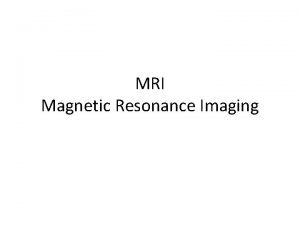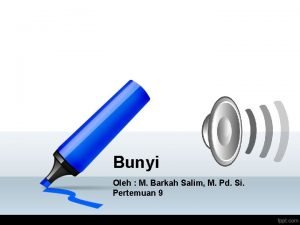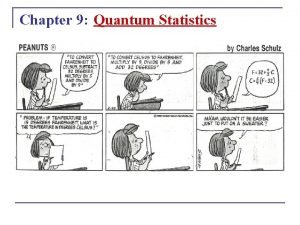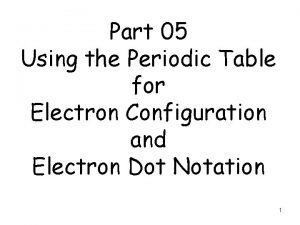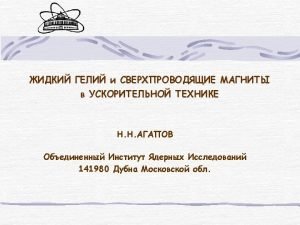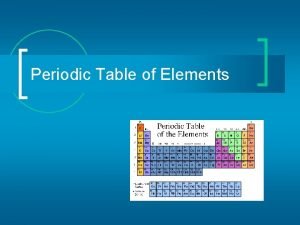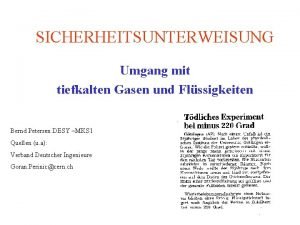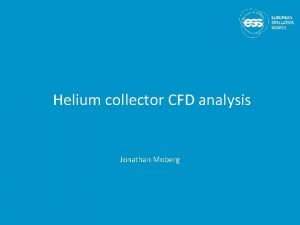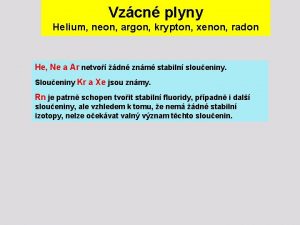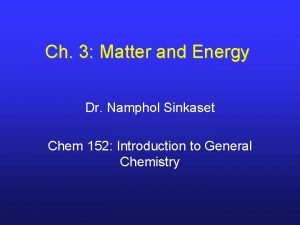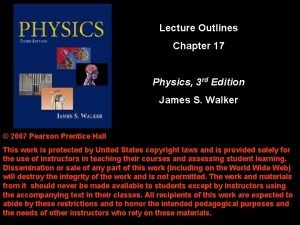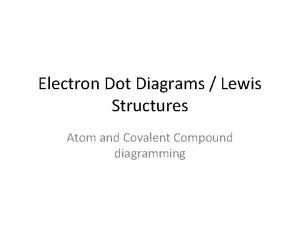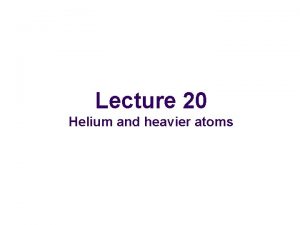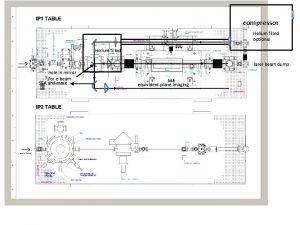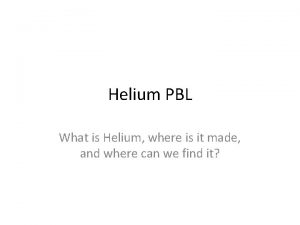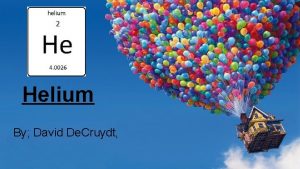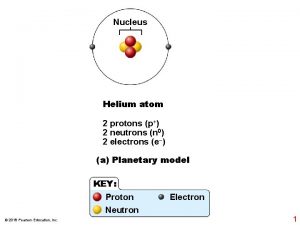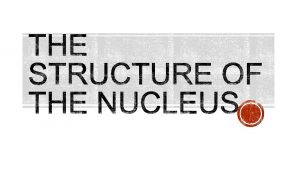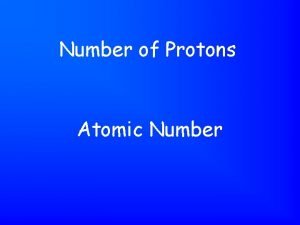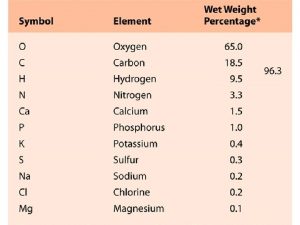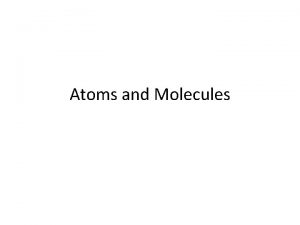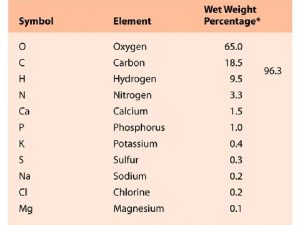Protons Identify an Elementatom 2 protons Helium Protons
















- Slides: 16


• • Protons Identify an Element/atom (2 protons = Helium) Protons + Neutrons = Atomic Mass/Weight (2 Protons + 2 Neutrons = 4 AMU) Chemical Properties Reactivity Valence Electrons Nonreactive (left on periodic table) Reactive (Right on table) = B

• • Families/Columns = similar characteristics (A = all Halogens) Left to Right Metals>Metalloids>Nonmetals>Noble Gases Families/Columns = similar chemical & physical properties Same column (S & O are in Same column – NOT on STAIRCASE!)

• 4 H 2 O - Coefficients = # of molecules • H 2 O – Subscript = # of Atoms • 4 H 2 O – Coefficient x subscript = total # of atoms

• Accelerating Speeding up, slowing down, turning. • Velocity straight line with direction • Speed distance travel in any way over time

• Force = Mass x Acceleration (2 nd Law) • Action – Reaction (3 rd Law) • Motion – Stays in Motion/Rest – Stays in Rest (Inertia/1 st) • Balanced = not moving…. Unbalanced = Moving

• Balanced = 0 Net force no increasing speed • F = ma F = 15 x 5 75

• F = ma a = f/m • Think (bigger bottom # = Smaller answer) • Do Math (50/38 = 1. 31, 50/36 = 1. 39, 50/21 = 2. 38) • LEAST ACCELERATION = Greatest Mass

• Draw lines across H-R Diagram • Hotter but as bright? (D) • Cooler & Brighter than the sun (B)

• Uplifting & push together = mountain • Plates meet > magma > erupting surface • Map of tectonic plates!!

• Think Levels • Topographic map = Land Features • Air Pressure Looks similar, but is not elevation!

In the formation of specific compounds, the elements A always combine in a specific mass ratios. B can combine in several different mass ratios. C always have properties identical to those for the compounds formed D always combine in a 1: 1 mass ratio • Chemical Formula • C 6 H 12 O 6, H 2 O 2, Fe 2 O 3 • Can not change ratios!! Change the compound.

• Greatest Potential = Highest!! • Greatest Kinetic = Lowest!! • They continuously switch

6. 8 (C) – Calculate average speed • S = d/t • Need d • 20 = ? /4 • Either 5 or 80 • 20 = 5/4 • 20 = 80/4

6. 8 (D) – Measure and graph changes in motion • Distance / Time – C (remains the same) • Speed / Time – B (increasing) • DE shows change in speed (increasing)

 Lítium elektronszerkezete
Lítium elektronszerkezete How do mris work
How do mris work Whats the atomic number for silver
Whats the atomic number for silver Hitunglah laju bunyi di dalam helium
Hitunglah laju bunyi di dalam helium Helium chapter 9
Helium chapter 9 Electron dot notation for helium
Electron dot notation for helium Helium recovery bag
Helium recovery bag Liquid helium production
Liquid helium production Helium + chlorine
Helium + chlorine Helium-rückgewinnungssysteme
Helium-rückgewinnungssysteme Helium collector
Helium collector Vzcn
Vzcn Namphol sinkaset
Namphol sinkaset Helium gas constant
Helium gas constant Bro2- lewis structure
Bro2- lewis structure Valence electrons of helium
Valence electrons of helium Helium atomic number
Helium atomic number

